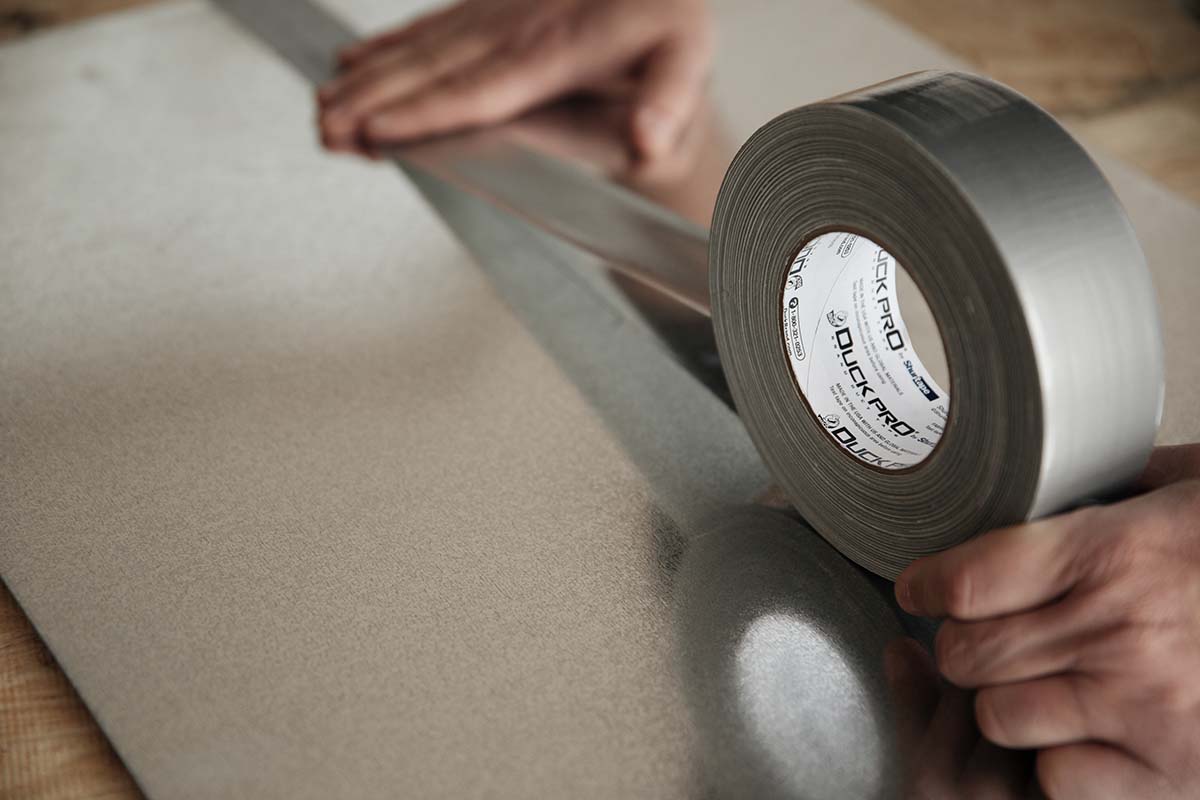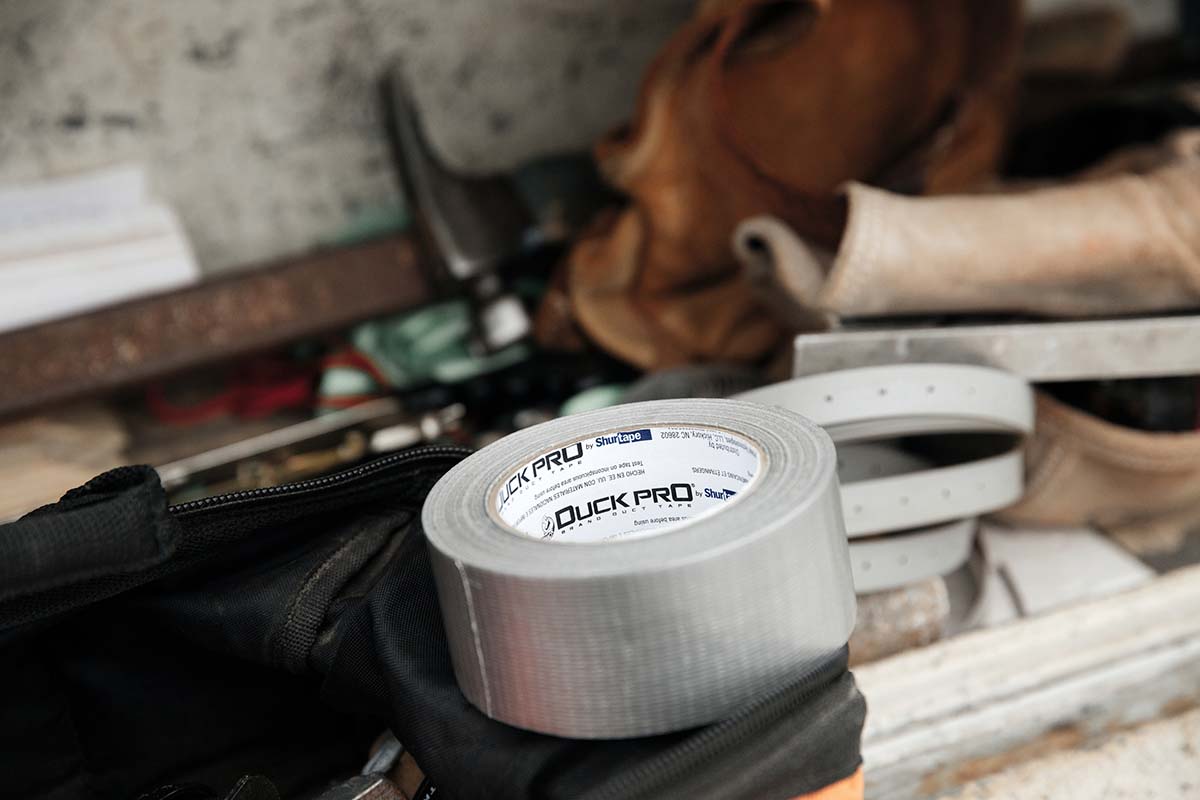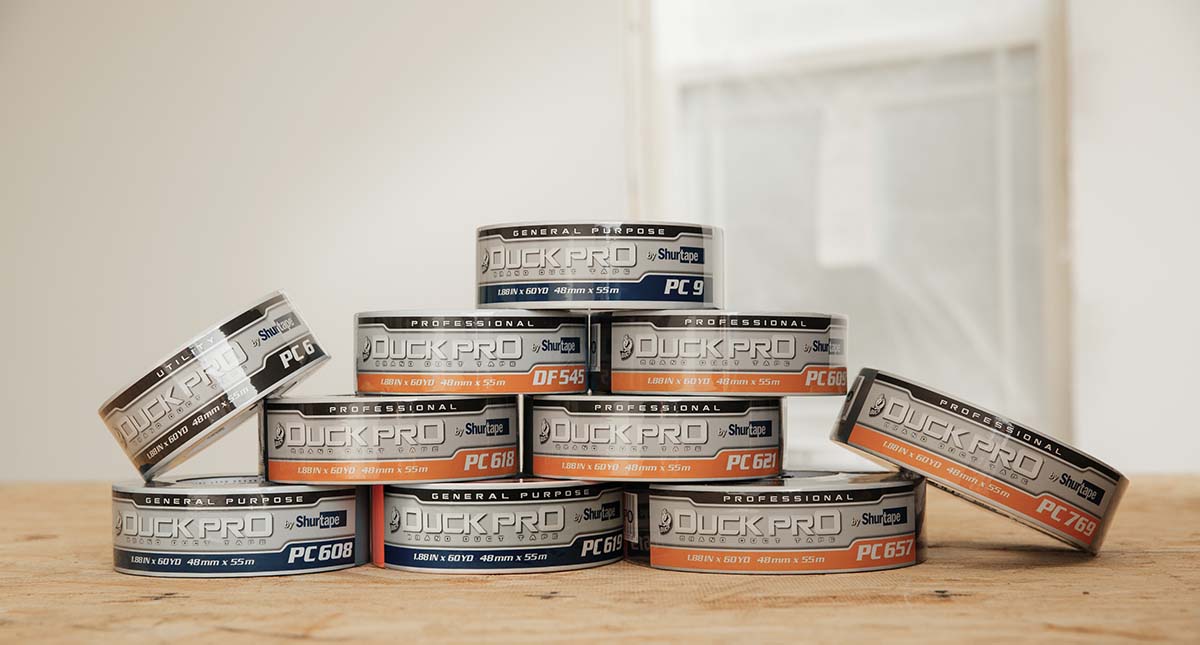When it comes to HVAC installation and maintenance jobs, there’s a lot riding on the quality of your work. A job well done means the difference between energy-efficient operation and occupant comfort versus high energy bills and customer complaints. With such high stakes, it can be tempting to focus on the big performance picture at the expense of the details of how tidy the job looks when it comes together.
But before you discount job site aesthetics altogether, consider that how an HVAC job looks can speak volumes to customers about the caliber of your work and your attention to detail. With little else to go on, new customers, in particular, may find a well-put-together HVAC installation to be the first essential block in building a foundation of trust.

PRIDE IN YOUR CRAFT: A job that is aesthetically pleasing can help build a good reputation with customers. (Courtesy of Shurtape)
Dave Longabaugh, co-owner of Smart Air Heating & Air Conditioning, an HVAC contractor in southeastern Pennsylvania, has found this to be true.
“We pride ourselves on how the job looks,” Longabaugh said. “Our name is on the job, so we want it to look as good as possible. And that’s one way we can set ourselves apart from competitors.”
In creating a good-looking project, contractors can focus on important short-term items like shoe covers and cleaning up messes. For longer-term impact, it’s also important to consider how you apply foil taping to ductwork and joints. Creating a tidy finish with your taping says to customers that your work ethic and professionalism are as dependable as your technical skills. Conveying this message demands expertise in two areas: choosing a dependable tape and applying it the right way.
How to Choose a Dependable Foil Tape
By selecting a reliable tape, contractors can trust that their work will look as crisp when they return for future maintenance as when they first applied the tape. While the local building code will dictate exactly what type of UL-listed tape to use for specific applications, there are other criteria to consider as well.
A tape’s conformability can significantly impact the final appearance of your work. Using an HVAC tape that’s designed to create a tight seal, even when wound around tight corners or along uneven surfaces, prevents potential air leakage through gaps. However, it also ensures a smooth, finished product.
Adhesion is another important factor to consider, as good adhesion ensures your tape will remain in place for the long term. It’s also important to consider the value of tack. A tape with high tack will stick fast to the material surface to which it’s being applied. With low tack, the tape is not able to quickly grab onto a rough or uneven surface. Edges may roll up or fall off, leaving a sloppy finish to your work.

THE VALUE OF TACK: Know the difference between high and low tack tape before using a new product on the job. (Courtesy of Shurtape)
Adhesion can also be impacted by application or service temperature, so it can be helpful to work with a tape designed to work across wide temperature ranges. Selecting the wrong tape can lead the adhesive to become runny in hot application environments or solid and brittle in cold environments. If a tape is not able to maintain adhesion under the stress of frequent thermal cycling, it may be more prone to failure over time. Contractors can reduce the risk of future failure by working with tapes designed to perform in temperatures ranging from as low as -20°F to as high as 250°F.

THE RIGHT TOOL FOR THE JOB: Be sure to consider factors such as temperature and tack before choosing a tape. (Courtesy of Shurtape)
The Art of Application
Investing in the right tape gives you the tools necessary to achieve a quality seal. If you think of tape as your paint, the next step is to prepare your canvas. Before applying tape to any surface, wipe down the application site with a dry rag to remove any potential contaminants. Dust, debris, and moisture all have the potential to weaken your tape’s adhesion to a material surface.
Finally, it’s time to bring your art to life. As you cut or unroll your first piece of tape, make sure to work with only a few inches at a time. This prevents wrinkling. Center the tape over the seam you’re preparing to seal and pull off the liner a bit at a time as you work. Try not to overstretch the tape, as this elongation only heightens the risk of air leaks. To complete the seal, run a squeegee firmly over the tape. This hard plastic tool ensures that enough pressure is applied to create a lasting, airtight bond.
“If you know how to use a squeegee and apply the tape straight, the job looks a lot better,” Longabaugh advises. “Some people squish the tape in and squeegee and don’t care how it looks as long as it works.”
Yet Longabaugh has found that customers notice the difference immediately.
“We have customers come down and say, ‘Wow, that looks a lot better.’”
Let the Art Reflect Your Technical Acumen
As Longabaugh puts it, “You can make a job look good with tape or just not care how it looks as long as it’s done.”
Putting the time into making the final product look good demonstrates pride in your craft. For home and business owners, this is likely the first assurance they’ll get that the job has, in fact, been well done.
“It’s someone else’s home or business,” Longabaugh added. “You want them to be happy, and you want to walk away proud of what you accomplished.”
If you’re already putting effort into getting the best possible performance from an HVAC system, don’t stop short. An eye-catching first impression can make a positive impact on how customers view your work.



Report Abusive Comment